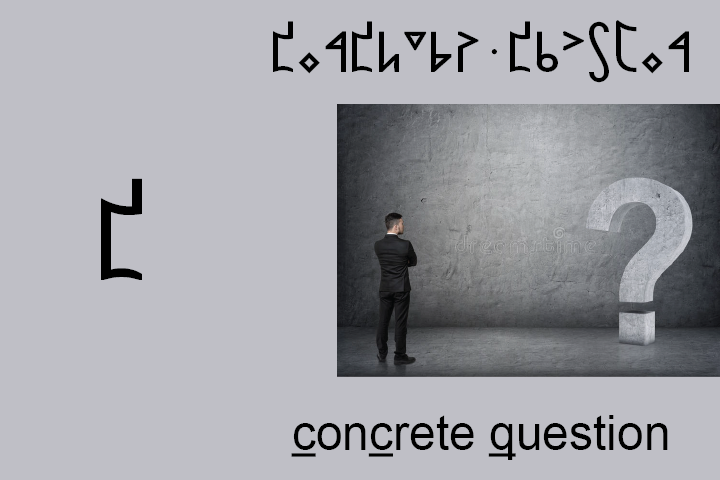 Lesson 0: Stops
Lesson 0: Stops
Over the course of the next few lessons, we're going to introduce you to all the Musa you'll need to write English. If you'd like a "cheat sheet" to refer back to, print this.
We're going to start with the fifteen letters you met on the Quick Look page, plus one more. Here they are for review:
| | | |
|---|---|---|
| m | n | ng |
| | | |
| b | d | g |
| | | |
| p | t | k |
| | | |
| pʰ | tʰ | kʰ |
| | | |
| p̚ | t̚ | k̚ |
| | ||
| ɾ |
Nasal Sounds
All three nasal letters share the triangular top that looks like your nose. When the bottom bounces up toward the left (the "front" of a letter), that indicates that the sound is made with your lips, like m:

The next nasal sound is the n. It has a triangular top and a sharp bottom, like your teeth:

The final nasal sound in English is one that we only use at the end of syllables: the ng sound. The bottom is a horizontal line going backwards (to the right), so the vertical stem has to slant to connect it to the top:

(Some fonts will leave out the part that crosses through the center of the triangle, while others will show the diagonal stem connecting all the way to the peak, and likewise for similar letters.)
Voiced Plosives
The next three letters are b d g. They share a simple horizontal top, like a flat roof:


Unvoiced Plosives
I'm sure you noticed that none of my examples of voiced plosives actually start or end with the letter. That's because, in English, when voiced plosives are next to a pause or a voiceless sound, they lose (part of) their voice. In that case, we write them with unvoiced letters, the same letters we also use to write the completely unvoiced sounds p t k. They share a top that reflects back and down to the right, like a slanted roof:


Aspirated Plosives
But if a b d g at the beginning of a word sounds like p t k, then how do we pronounce p t k at the beginning of a word? We aspirate it: we pronounce it with a little puff of air. You can feel this puff of air by putting your hand in front of your mouth and pronouncing spire pyre prior expire. You'll feel the puff for the last three, but not the first. As the last example shows, we also use them at the beginning of stressed syllables within a word. In Musa, we write these aspirated plosives with different letters, whose top adds a chimney to the slanted roof:
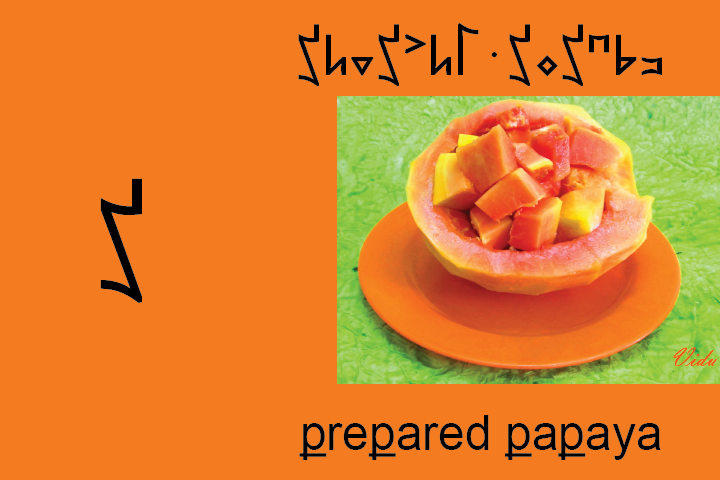
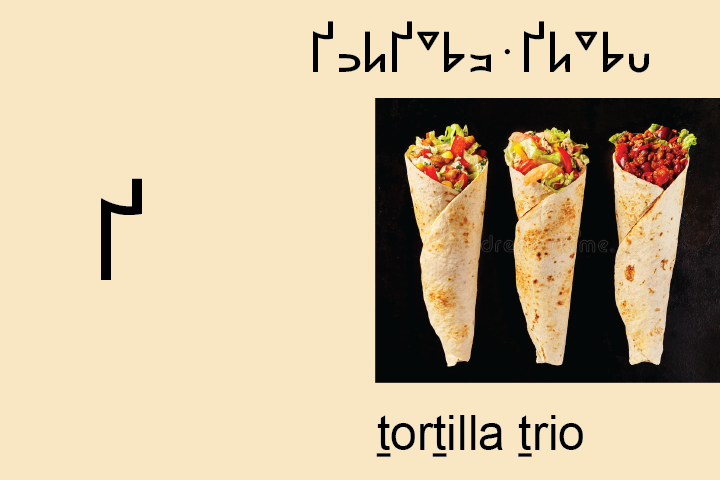
Held Plosives
Likewise, if we pronounce b d g as p t k at the end of a word, before the pause, then how do we distinguish final p t k? We hold them instead of releasing them. (We also shorten the preceding vowel, but we'll talk about that later.) Musa has letters for those held plosives:


Flap T and D
In many English dialects, when a t or d comes between a stressed and a reduced vowel, it's often pronounced as a flap, which we spell . For example, the words writing and riding sound alike, so do petal and pedal, and water is pronounced as if it were wodder. This pronunciation often extends across word boundaries, or when the stop is preceded by y w r l m or n. You can spell each word as you pronounce it, or spell to a standard; in these pages, we'll only flap t and d within a word.
Exercises
Let's try matching these letters to the sounds at the beginning of the following words. Remember that, in English, we pronounce p t k with a small puff of air (aspiration) at the beginning of words and at the beginning of stressed syllables within words, so you'll have to use the aspirated letters (pʰ tʰ kʰ) in those cases.
| | | | | | | | | | | | | |
|---|---|---|---|---|---|---|---|---|---|---|---|---|
| cat | ||||||||||||
| dog | ||||||||||||
| pet | ||||||||||||
| man | ||||||||||||
| | ||||||||||||
To check the answers, highlight the black bar at the bottom left corner of each quiz.
Now try matching the last sounds in the same words:
| | | | | | | | | | | | | |
|---|---|---|---|---|---|---|---|---|---|---|---|---|
| man | ||||||||||||
| pet | ||||||||||||
| dog | ||||||||||||
| cat | ||||||||||||
| | ||||||||||||
Now match the letter with the middle sound you hear in the recording:
| | | | | | | | | | ||||
|---|---|---|---|---|---|---|---|---|---|---|---|---|
| | ||||||||||||
Did you remember that a t between a stressed vowel and a reduced vowel is actually pronounced as a flap?
Once you've mastered these letters, move on to the next lesson.
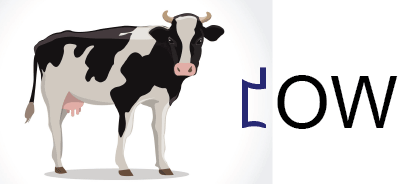
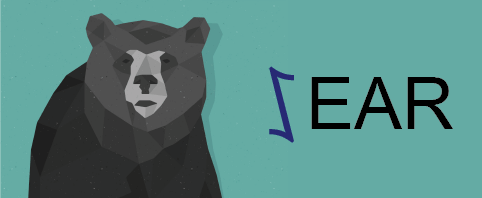
| < A Quick Look | Lesson 1 > |
| © 2002-2025 The Musa Academy | musa@musa.bet | 25jun24 |


